The 6 best trading books for ASX investors looking to take the next step to success
When I first started trading back in the early 1990s, I was focused entirely on the “what” – what stocks to buy, what tips to follow. Fortunately, coming from Perth, I was never short of a hot tip on a mining stock! Needless to say, my results were sketchy at best!
Over time, through often painful trial and error, I learned that consistent profitability in the markets has less to do with what to buy – and more to do with when, how much, and why I might take a particular course of action.
Every successful trader I’ve met, interviewed, or studied, eventually arrives at the same realisation: success in markets is built on mastering three essential pillars – the 3 M’s of successful trading – a term coined by Dr Alexander Elder in his book Trading for a Living. They are Methodology, Money Management, and Mindset.
Elder’s book isn’t in my top 6 list today, although I highly recommend you read it and his follow-up Come into My Trading Room. Today, I’ve gone for the 6 most influential books on my own personal trading journey.
Back to the 3 M’s, because they are central to my list:
Methodology is how you identify, enter, and exit trades.
Money Management governs risk – how much you risk per trade and across your portfolio, how you scale up and down exposure, and how you manage large drawdowns (losses).
Mindset is viewed by many to be the hardest of all: the ability to stay disciplined, detached, and consistent in an environment designed to exploit emotion.
The 6 books that follow have each played a pivotal role in shaping how I approach the 3 M’s. Some taught me structure, others taught me risk control, and one or two fundamentally changed how I think. Together, they form what I’d call the essential trading guide for ASX investors ready to take the next step – to move beyond stock tips and market chatter, beyond periods of heady wins followed by devastating wipeouts, to a professional, process-driven way of trading.
1. METHODOLOGY – BUILDING YOUR EDGE
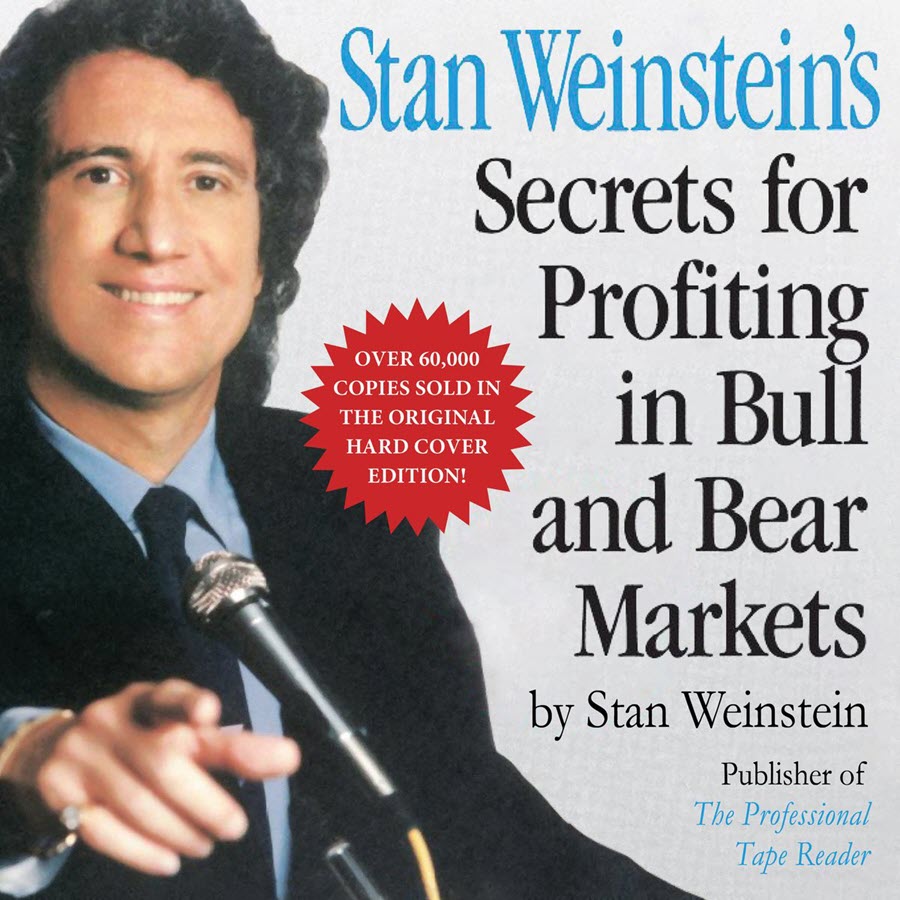
Stan Weinstein – Stan Weinstein's Secrets for Profiting in Bull and Bear Markets (1988)
Forget the 80’s haircut and cheesy grin. Forget the fact that this book has the word “Secrets” in its title (I make it a point not to read any book that has the word “Secrets” in the title!). If there’s one book that every serious trader should read – and then re-read – it’s Stan Weinstein’s Secrets for Profiting in Bull and Bear Markets.
Weinstein was once asked why he never wrote a sequel or capitalised further on the book’s success. His answer was simple: “Because I put everything in the first one.” That honesty sums up both the man and the method. He wasn’t selling dreams – he was teaching a craft.
First published in 1988, Secrets is often referred to as the trend-follower’s bible, and rightly so. It lays out a timeless, rule-based approach to market analysis through what Weinstein calls the four stages of price movement – the basing phase, the advancing phase, the topping phase, and the declining phase.
I read this book shortly after I had committed to a trend following approach. Whilst my methodology was at the time (and still is) different to Weinstein’s, this book steeled my resolve to stick with trend following as an overarching philosophy. For any of you who read my work on a regular basis – you know that trend following is my trading religion!
Weinstein’s dedication to his framework is impressive, as is the remarkably practical way it helps traders identify where a stock sits in its life cycle, and therefore, whether it’s worth your risk. Weinstein’s methodology is built on simplicity and discipline – and this is what resonated with me the most – it is what triggered me to lose all the complex technical indicators at the time and focus simply on price action.
Weinstein’s method employs only a 30-week moving average, volume analysis, and relative strength comparative (RS). And while I have found this approach to work consistently through bull and bear markets, the deeper message isn’t about indicators – it’s about consistency.
His writing style is famously repetitive – some readers find it tedious, others (like me) see it as the sound of discipline. That repetition mirrors the mindset of a professional trader: doing the same right things over and over, without distraction or deviation. There are no fancy algorithms or convoluted systems here. Just rules, structure, and relentless focus on process.
If you’re searching for a trading system with dozens of variables and flashing indicators, you’ll be disappointed with Secrets. But if you want a timeless framework that will serve you for decades – one that reinforces the value of patience, stage recognition, and mechanical execution – this is the book to start with. It is in my opinion the best and only book on technical analysis traders will ever need (until I write my book 😉).
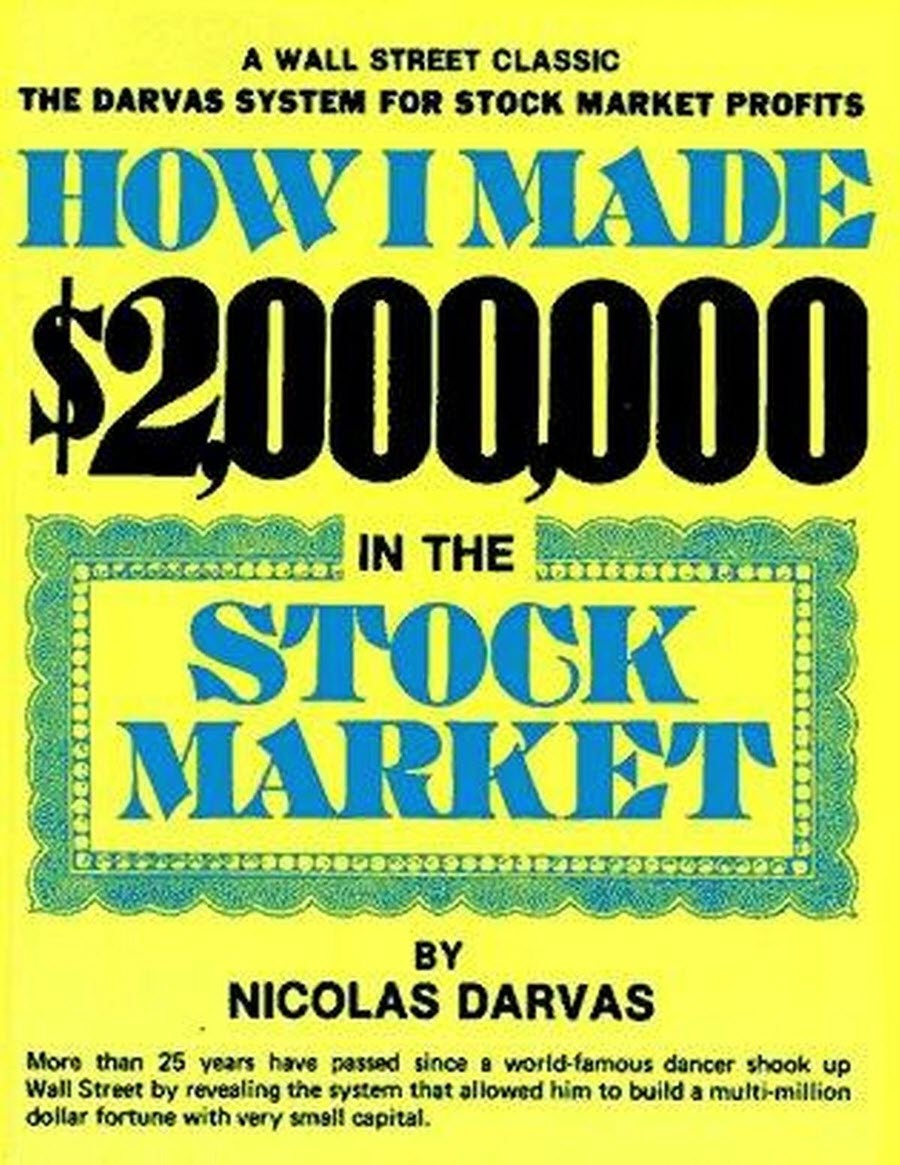
Nicolas Darvas – How I Made $2,000,000 in the Stock Market (1960)
Nicolas Darvas was not a Wall Street insider – he was a professional ballroom dancer. His path to trading success began almost by accident, when he started buying stocks between tour performances in the 1950s. What began as a curiosity soon became an obsession, and after countless failures, Darvas used his globe-trotting lifestyle to his advantage – developing a method that combined discipline, detachment, and structure (hmmm… those sound familiar!).
Trading from hotel rooms around the world, with no access to real-time news or broker chatter, Darvas learned to rely entirely on price and volume – not on broker advice, news and research, or hot tips. This distance from the noise became his greatest strength. It allowed him to form the rules that became known as the Darvas Box Theory – a simple yet powerful trend-following system based on stocks breaking out of defined price boxes on strong volume.
Darvas’ approach was methodical and systematic, a model of what we now recognise as rule-based trading. Each trade had clear parameters: entry above the box, stop-loss below it, and strict conditions for pyramiding into winners. In doing so, Darvas intuitively captured all three M’s – he built a sound methodology, enforced strict money management, and maintained a detached mindset.
For ASX investors, Darvas’ lessons ring especially true in volatile sectors like small-cap mining or tech – where excitement and speculation can overwhelm rationality. His story is a reminder that clarity of rules and emotional distance are a trader’s greatest allies.
And though the language and examples are from another era, his principles are timeless. The Darvas Box concept remains one of the most widely used techniques in technical analysis today – a testament to the power of Darvas’ structured simplicity.
2. MONEY MANAGEMENT – PROTECTING AND GROWING YOUR CAPITAL
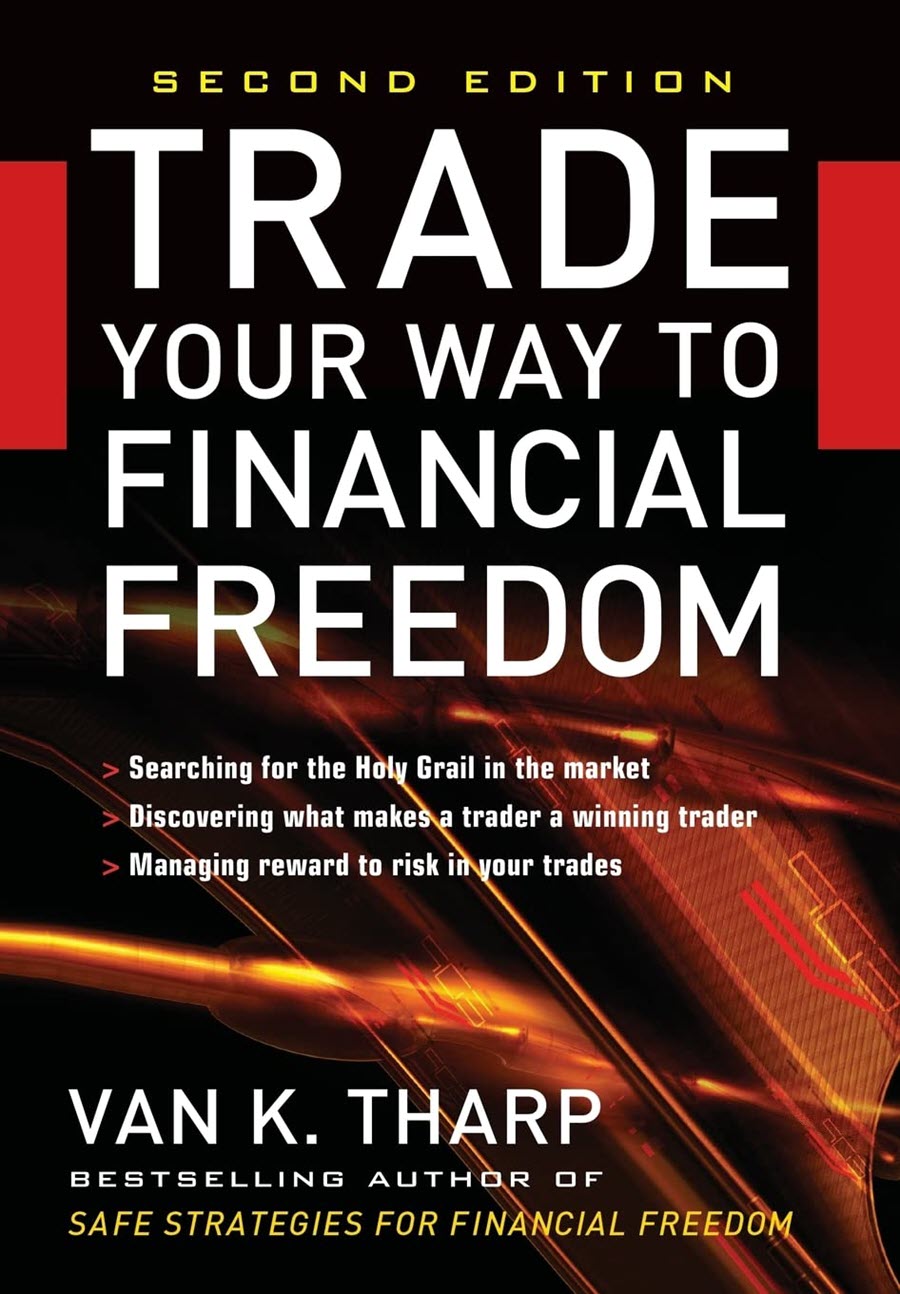
“The system is not nearly as important as your ability to consistently execute it.” — Van K. Tharp
Van K. Tharp – Trade Your Way to Financial Freedom (1998)
Before Van Tharp, most trading books focused on stock selection – how to pick winners, identify trends, or time the next move. Tharp flipped that perspective entirely. His Trade Your Way to Financial Freedom was arguably the first book to make money management the main character in the trading story.
Tharp’s background was in psychology, and his strength lay in bridging quantitative structure with behavioural insight. Where Weinstein taught the “when” and Darvas the “how,” Tharp explained the “how much.” He introduced concepts such as the R-multiple (risk per trade), expectancy, and position sizing, which are now standard parts of every professional trader’s vocabulary.
The power of Tharp’s work lies in its clarity. He shows that even a mediocre trading system can become profitable with proper position sizing and risk control – while even the best system will fail without them. He breaks down the difference between per-trade risk (what you’re willing to lose on each idea) and portfolio risk (what you’re willing to lose overall), providing frameworks to manage both.
Equally valuable is his insistence that traders must design systems that fit their own psychology. The goal isn’t to copy someone else’s method, but to create one that aligns with your personality, time horizon, and emotional makeup. In that sense, Tharp sits at the crossroads of all three M’s: his system design process merges method, money, and mindset into one integrated approach.
For ASX traders looking to transition from casual investor to disciplined trader, Tharp’s book is compulsory reading. It’s a blueprint for surviving long enough to win – for turning risk from something to fear into something to leverage and manage. So, take a break from always wanting more, and first learn how to lose less – because Tharp reminds us that’s the real secret to compounding wealth in markets.
3. MINDSET – MASTERING YOURSELF
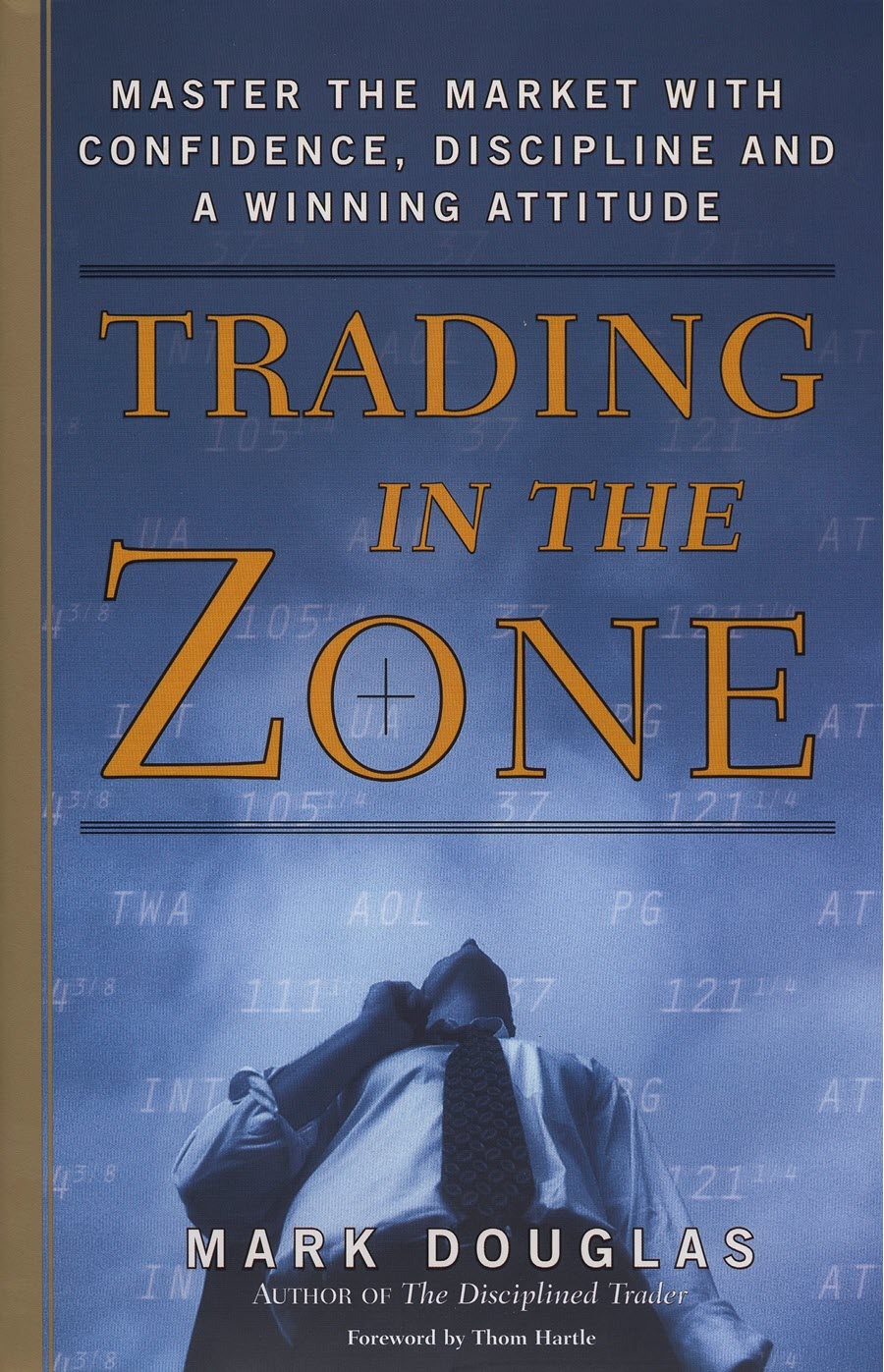
Mark Douglas – Trading in the Zone (1990)
In 2011, I was lucky enough to meet the late Mark Douglas at a trading conference in Hawaii at which we were both presenting. His book Trading in the Zone is compulsory reading for anyone who aspires to be a better trader.
I had read Mark’s book prior to attending the conference, but while listening to his talk, something which I don’t think he explicitly says in his book (it is certainly reflected, though) really resonated with me: “You cannot predict the next print of a stock or any asset’s price. It could literally be anything.”
Over the years, I have adapted this to my “I can’t tell the future – so stop worrying about it” approach. So, when you see me write this in my technical analysis for Market Index, you can thank Douglass for its inspiration!
When Trading in the Zone was first released, it felt revolutionary – not because it introduced a new charting technique (the carrot dangled at the time by many authors), but because it shifted the entire conversation. Mark Douglas wasn’t interested in where to buy or sell; he was interested in why traders do what they do.
His message was profound: trading is 80% psychology and 20% method.
Douglas argues that most traders fail not because they lack knowledge, but because they lack consistency – and that inconsistency comes from misunderstanding probability. Every trade, he says, is just one in a series. Each outcome is random, but over time, with a positive expectancy system, the results become consistent. Accepting that randomness is the key to emotional freedom.
At its core, Trading in the Zone teaches the Mindset of Acceptance. Once you stop judging individual trades as right or wrong, you begin to trade from a position of calm detachment. Losses no longer sting; they’re simply part of the game. Profits don’t inflate the ego; they’re confirmation that you followed your plan.
Douglas also explores the subconscious beliefs that sabotage performance – fear of missing out, fear of loss, need for control – and offers mental frameworks for overcoming them. The result is a transformation from reactive to deliberate, from impulsive to process-driven.
I can tell you – letting go of the need to know or control the outcome of a trade was revolutionary for me. It allowed me to accept the outcome as merely a random event – not a personal attack on my intelligence or process – and to move on to the next, and the next outcome. Control what I can control (i.e., me), apply my edge… move on…
If Weinstein and Tharp teach you what to do, Douglas teaches you how to think. It’s a book that won’t just change your trading – it changes your relationship with uncertainty itself.
4. LEARNING FROM THE MASTERS – HOW THE PRO'S MASTERED THE 3 M’S
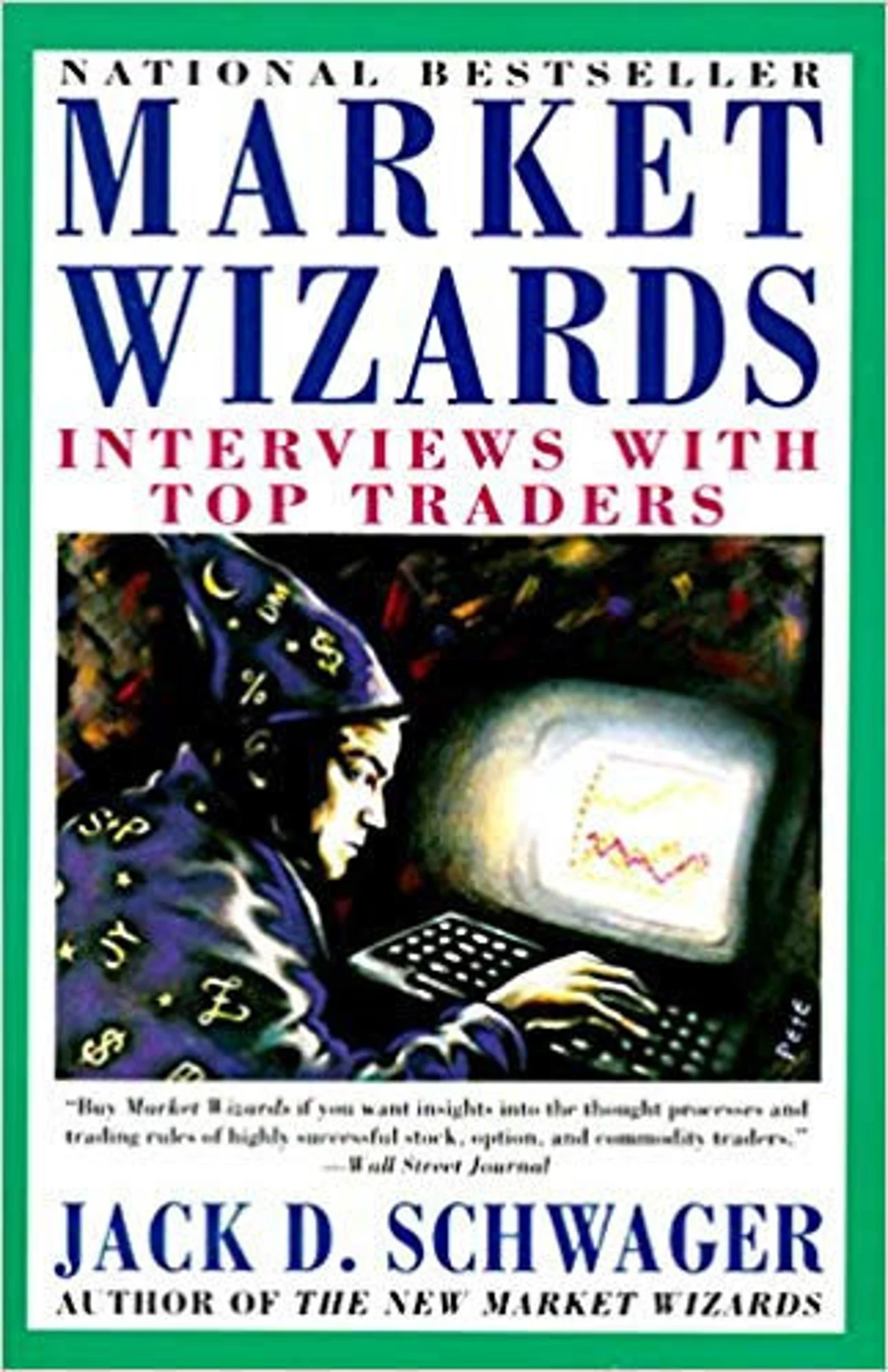
Jack Schwager – Market Wizards: Interviews with Top Traders (1989)
There are a few books that have had as lasting an impact on traders as Jack Schwager’s Market Wizards – it was certainly the most influential book in this list on me. First published in 1989, it remains a definitive insight into the minds and methods of the world’s best traders.
Schwager’s genius was to let the professionals speak for themselves. Across dozens of interviews, he distilled the habits, routines, and philosophies of legendary names – including my trend following idols Richard Dennis, Paul Tudor Jones and Ed Seykota – revealing not just how they traded, but how they thought.
That one sentence changed my entire approach to markets and risk. Up to that point, my trading was a great source of pain. I was fighting the market by ignoring obvious trends in prices, hoping bad trades would get better, and that good trades (using massive bets compared to my overall capital) would pay off and allow me to retire to a tropical island!
They had a Methodology that suited their temperament.
They enforced strict Money Management, often risking only a small fraction per trade.
And they cultivated a resilient Mindset, able to learn from loss and adapt without ego.
In short, there is no single “holy grail” method. What separates amateurs from professionals isn’t their indicators – it’s their consistency and self-awareness.
For me, Market Wizards was a game changer. Before I read it, I was riding the success + emotional rollercoaster that many traders start out on. In nearly each case, Schwager’s subject had jumped off that rollercoaster by making critical changes to how they behave in the markets. It opened my mind to the possibility that if I made the same changes, then I could emulate their success: if you want to be the best, you must act like the best – and this book shows you how the best actually behaves.
(Note: Schwager wrote several Market Wizards books, but in my opinion the first is by far the best – and the second The New Market Wizards (1992) is pretty good too – but they fell away from there!)
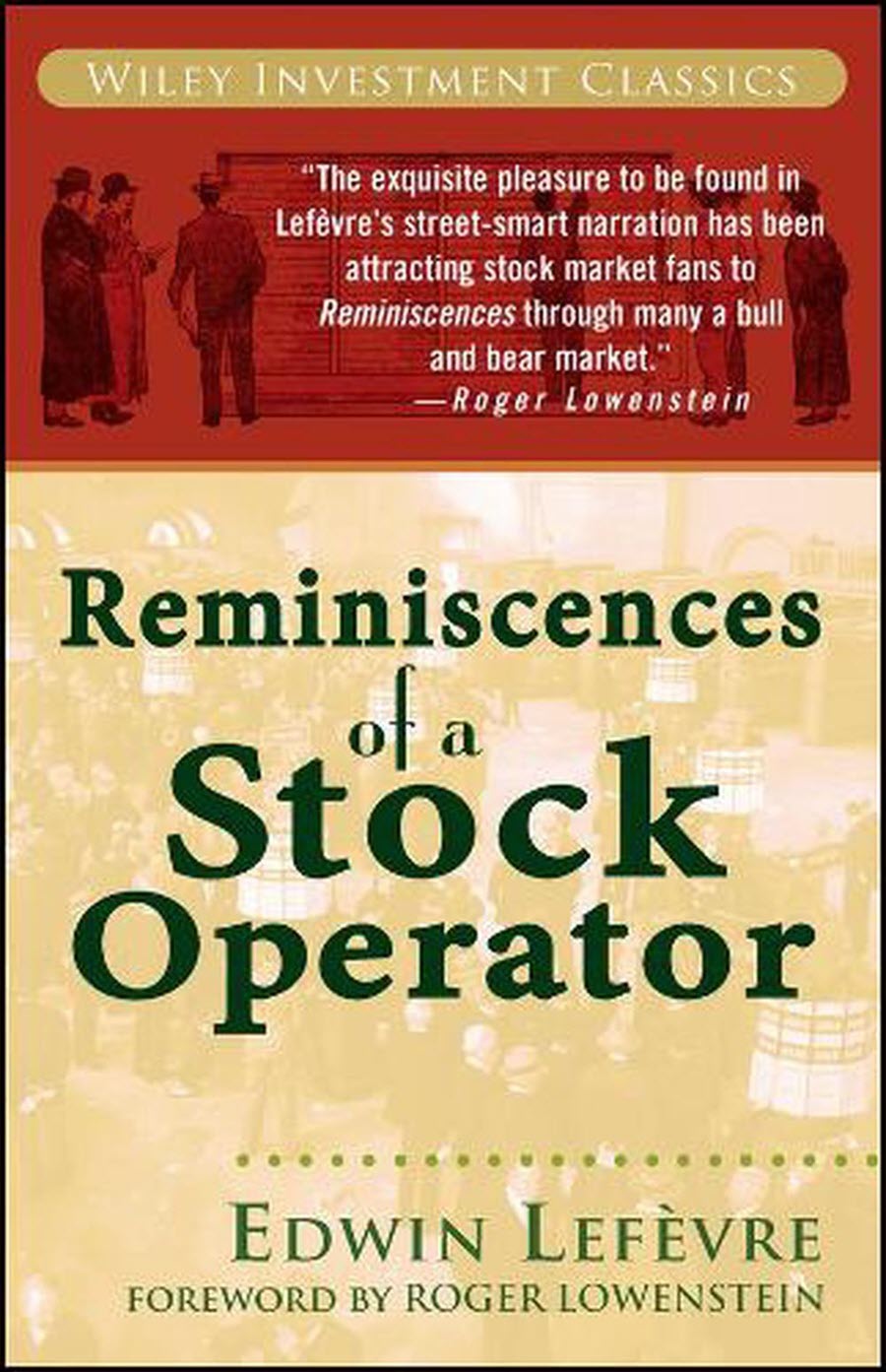
Edwin Lefèvre – Reminiscences of a Stock Operator (1923)
No list of trading books would be complete without Reminiscences of a Stock Operator. Though written over a century ago, its lessons are as relevant to today’s ASX trader as they were to the bucket shops of early 20th-century New York.
The book is a lightly fictionalised account of Jesse Livermore – presented as “Larry Livingstone” – and traces his journey from teenage gambler to market legend and, ultimately, to ruin. It’s part biography, part philosophy, and wholly timeless.
What makes Reminiscences remarkable is that it touches on all three M’s. We see Livermore’s methodology evolve from crude price speculation to sophisticated trend following. We watch his money management fail when overconfidence creeps in. And we witness the mental toll of trading – the highs of fortune and the crushing lows of loss – as he battles his own psychology.
It’s both inspirational and cautionary. Livermore’s genius wasn’t borne out of never making mistakes, it was in how he studied his mistakes relentlessly – analysing where he broke his own rules and rebuilding himself to trade and rise again. His eventual suicide in 1940 adds a tragic dimension, a reminder that even the greatest trader can be undone by the psychological weight of the markets.
But the legacy he left – the Boy Plunger who was famously asked by J.P. Morgan to cover his shorts and help stabilise the 1907 stock market crash, and then who made $100 million shorting the 1929 stock market crash – remains one of the most instructive stories ever told about speculation. It’s a masterpiece in understanding what markets can give and what they can take away.
For me, the key takeaway from Livermore’s approach is that one doesn’t have to be all in or all out. One can test a trend by adding an “exploratory” trade, and if it continues to build, then one should reward that trend with greater risk.
CONCLUSION: LEARN MORE TO EARN MORE
Each of these six books changed me – not just as a trader, but as a person. Weinstein taught me structure and discipline. Darvas taught me detachment and simplicity. Tharp taught me that risk management is the real edge. Douglas taught me the psychology of acceptance. Schwager showed me how the greats combine all three and the power of emulating success. Lefèvre showed me the importance of building a position, plus the journey is never complete – humility is the final lesson.
For ASX investors looking to take the next step to successful traders, these are more than just books – they are mentors in print. Together, they offer a framework for consistency: a tested methodology, a sound approach to money management, and a mindset that can weather any market cycle.
If you can master those three, you won’t just improve your returns – you’ll improve your decision-making, your confidence, and your longevity in the markets. Because in trading, as in life, the rule holds true: If you want to earn more – you first need to learn more!
This article first appeared on Market Index on Wednesday 12 November 2025.

5 topics
